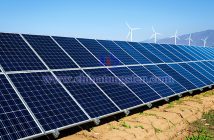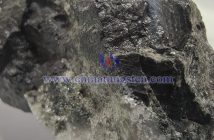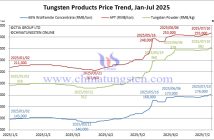According to data from the China Passenger Car Association (CPCA), in June 2025, production and retail sales of new energy vehicles (NEVs) surpassed the milestones of 1.20 million and 1.111 million units respectively, with impressive year-on-year growth rates of 28.3% and 29.7%. Performance for the entire first half of the year was even more robust, with cumulative production and sales reaching 6.457 million and 5.468 million units, up nearly 40% year-on-year. The NEV industry is reshaping the global automotive landscape with unstoppable momentum.
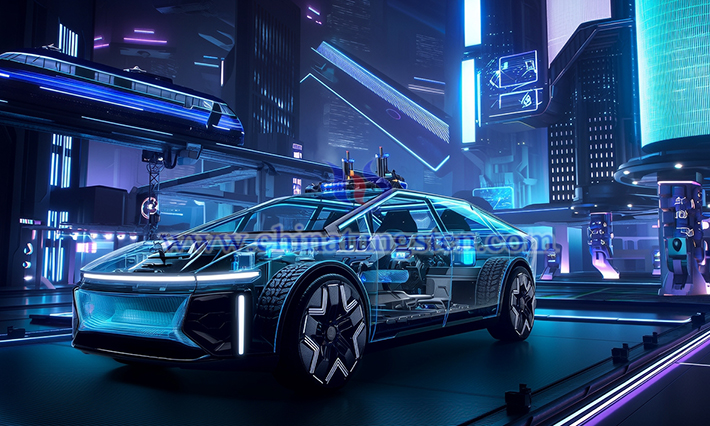
However, while industry attention focuses on star materials like lithium and cobalt, tungsten, hailed as the "industrial teeth," finds itself in a nuanced position under the NEV spotlight. Compared to traditional internal combustion engine (ICE) vehicles, the demand map for tungsten in new energy vehicles has shifted significantly:
Traditional Foundations Weaken: In the ICE era, cemented carbide tools and high-performance tungsten alloys were crucial materials for manufacturing key components such as engines, wear-resistant transmission gears, and high-load bearings, forming the "fundamental base" for tungsten in the automotive industry.
Emerging Areas Surface: The rise of new energy vehicles has redirected tungsten demand towards precision roller presses for battery electrode manufacturing and ultra-hard cutting tools for motor housings and electronic components. While indispensable, the volume scale in these areas still cannot match that of the traditional domains.
This shift reveals a profound challenge: the dependence of an NEV's "heart" (the power battery) and "muscle" (the electric motor) on tungsten is significantly lower than that of the ICE era's "heart" (the internal combustion engine).
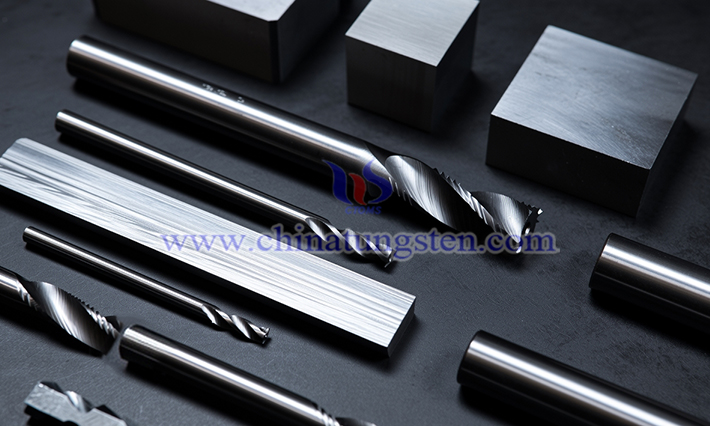
Faced with this changing industrial landscape where gains in one area are offset by losses in another, transformation within the tungsten industry is imperative:
Deepen "New Scenarios": Strengthen material R&D and application innovation in NEV-specific fields like precision equipment for battery manufacturing and high-performance tools for processing lightweight materials.
Break Through the "Ceiling": Actively explore the potential of tungsten materials in cutting-edge fields such as novel conductive additives for solid-state batteries and thermal management materials, opening up new growth spaces.
Parallel Tracks for "Old and New": While consolidating the market for specific components in high-end ICE and hybrid vehicles, accelerate integration and penetration into NEV demand areas.
Under the sweeping wave of new energy, the tungsten industry is undergoing a silent yet profound transformation fraught with growing pains. Whether it can break free from traditional path dependencies and carve out a new frontier amidst the roar of battery electrode rolling mills and the sparks of tungsten carbide tools will determine the sharpness of these "industrial teeth" in the future manufacturing landscape. This transformation is not merely a material substitution; it's a fundamental restructuring of industrial logic. Only by actively embracing the blade of change can tungsten cut out a new future of its own.

